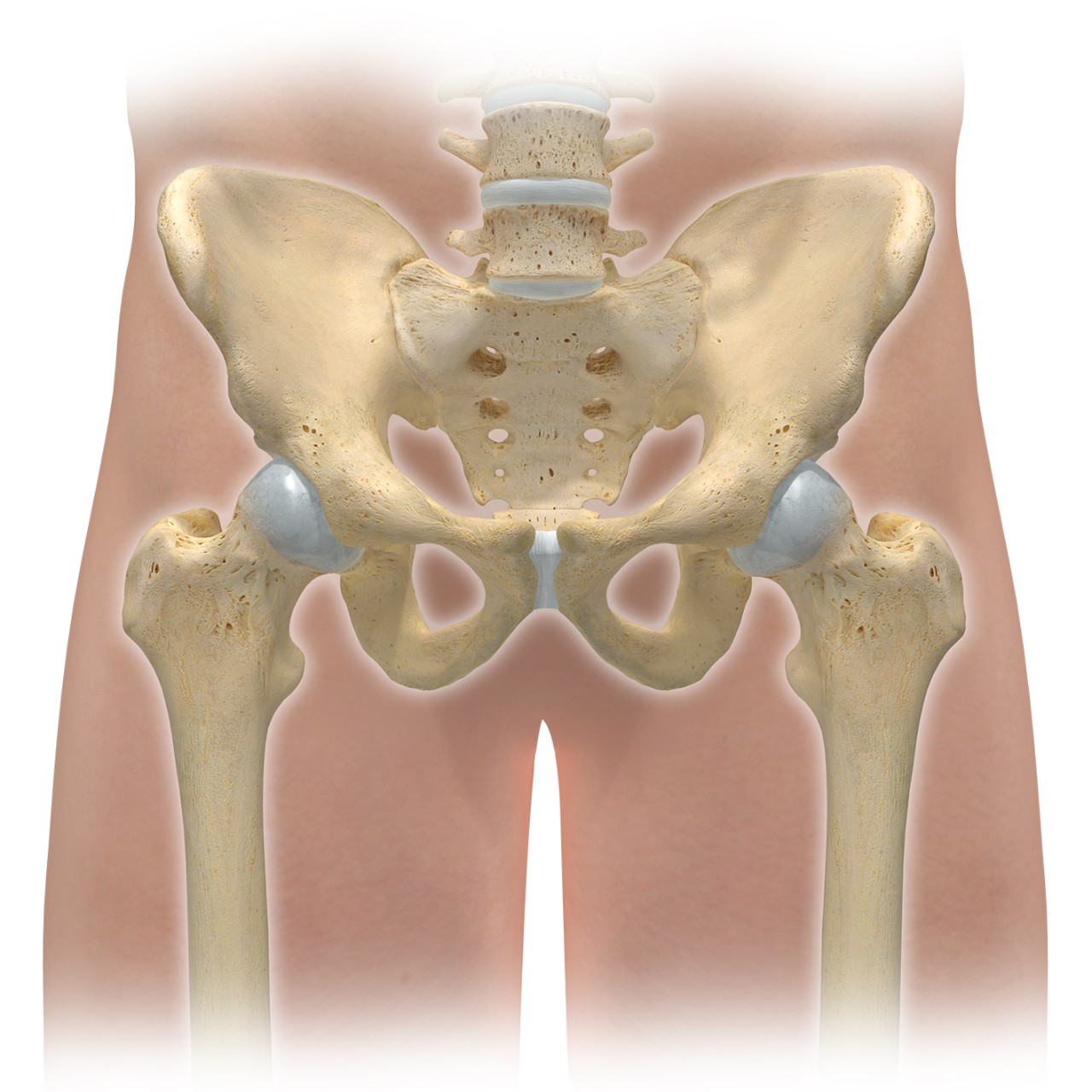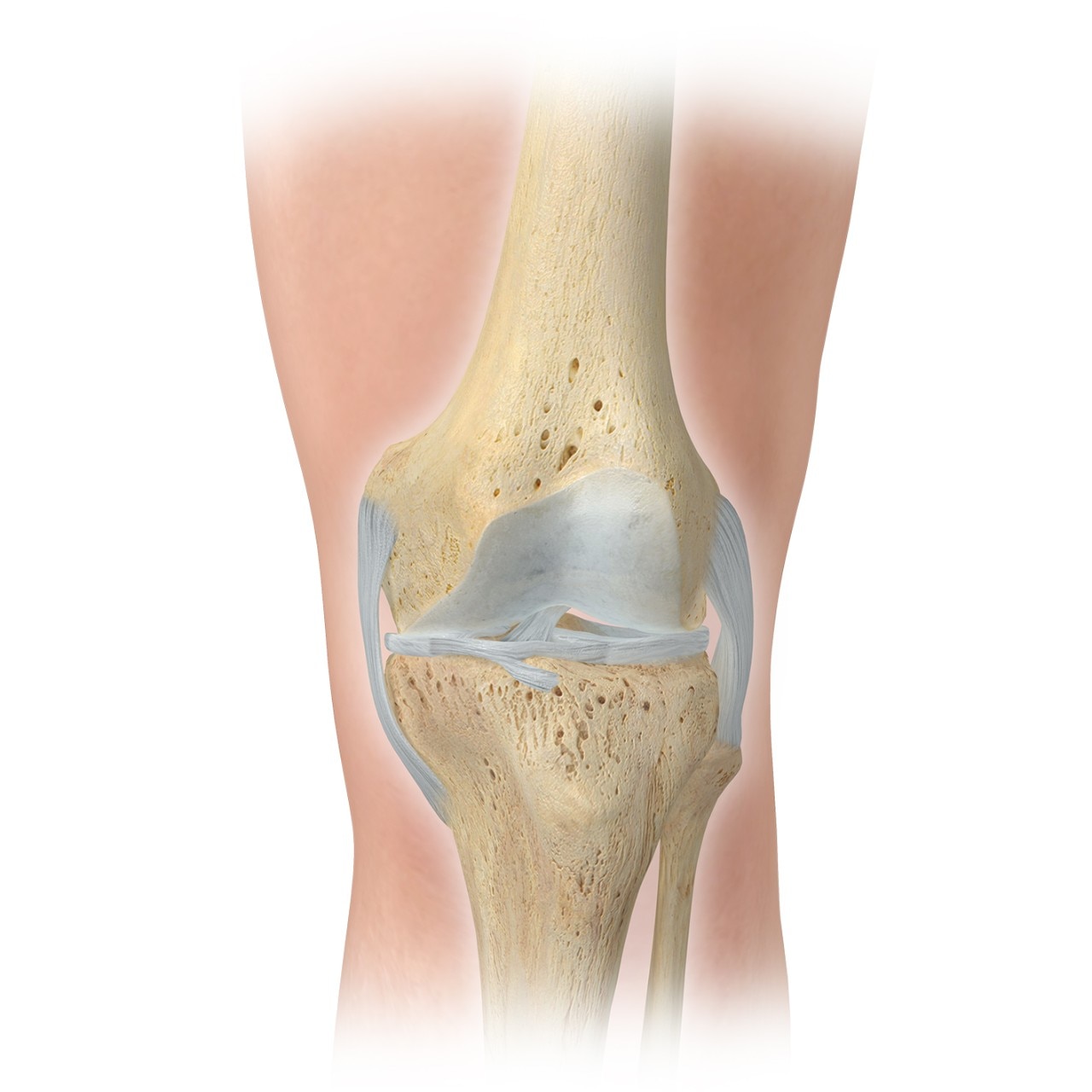The number of joint replacements performed in the US each year is high, with over 1 million total knee and total hip procedures performed annually.1 With the aging of the baby boomers, and the growing demand for improved mobility and quality of life, the number of procedures performed yearly is projected to increase considerably in the future. Thus, making joint replacement surgery one of the most common elective procedures in the coming decades.
For most patients, hip or knee replacement surgery is indicated when you have daily pain that is unresponsive to non-operative treatment. This is typically due to end stage, bone-on-bone arthritis. While these types of surgeries are typically successful, like any operation, there are risks involved. To read more about the risks of knee or hip replacement surgery, click on the appropriate link below.
If these procedures are typically successful, why are some people still unsatisfied with their outcome? While there are many reasons for this, the expectations we have regarding the outcome of the surgery, realistic or not, are a common cause of dissatisfaction. So, it’s important to have a thorough and realistic understanding of what to expect after hip or knee replacement surgery, both in regard to recovery as well as long term results.
General expectations after hip or knee replacement surgery
In general, most patients find hip replacement recovery to be easier and faster than total knee replacement. This is primarily because of the differences between the joints. The hip joint is a ball and socket joint and does not get as stiff after surgery like the knee joint, which is more of a hinged joint. As a result, knee replacement requires much more therapy following surgery to regain the range of motion in the joint. This unfortunately takes more time and effort from a patient’s perspective.


In contrast to what you may expect, younger patients commonly have a slower and more painful recovery than older patients. This is normal, and likely because, younger patients typically have more muscle mass than older patients due to the natural process of aging.
- Try not to compare yourself to other patients. Every patient recovers at a different rate and responds to surgery and pain differently. The key to recovery is to focus on the daily and weekly improvements during the first two to three months after surgery. Most patients notice continuing improvement throughout the first year after surgery as their new joint heals and the muscles around the joint are reconditioned.
- Most patients feel exhausted after joint replacement surgery. Remember this is a major operation and requires a lot of your energy to heal. Fatigue is just part of the normal recovery process.
- Most patients report pain that is worse at night and inability to sleep well for more than two to three hours at a time. Until this improves, it’s important to use your pain medication, and follow all of your doctor’s orders regarding ice, movement, and activity as prescribed.
- Stiffness after prolonged periods of sitting or inactivity is common. This may be present for several months after your surgery even once your pain has resolved. This is a result of the inflammatory process that is part of normal healing. This same inflammation also causes your joint to be warm and swell with activity during the first year of recovery. As your new joint continues to heal, you’ll notice that these symptoms should resolve. Ask your doctor about excessive swelling, stiffness or warmth, which could signal an infection or other complication.
- Some patients can bear full weight on their new joint after surgery, but will likely need help walking. You’ll start with a walker, then progress to a cane, and ultimately walk without assistance. For some patients, this may take place over the matter of days while others this may take weeks. It’s critical that you don’t fall after surgery. This is a high risk that could result in damaging your joint.
- Your activity after joint replacement is primarily limited by how your joint responds. If you’re overactive, you might notice increased pain and swelling. Your doctor may place temporary, or even permanent, restrictions on certain activities depending on your individual circumstances.
- The pain caused from bone-on-bone should be gone after surgery. But, there are multiple factors that could cause pain and impact your functional ability. If your functional ability is limited by factors other than pain, this may have an impact on your overall recovery.
What to know about knee replacement
- Pain and some swelling are typical after surgery. Elevation, ice, and taking your pain medications as prescribed by your surgeon are critical early in the postoperative period.
- The primary goal after surgery is to regain your knee range of motion (ROM). Most patients find this to be the most challenging aspect of knee replacement surgery. This generally requires six to eight weeks of physical therapy.
- Failure to regain your ROM after surgery can limit the function of your new joint. This is time sensitive and, in general, you should have full ROM within the first eight to twelve weeks after surgery. If you are not progressing as anticipated, you may require a manipulation under anesthesia to break up the scar tissue that develops after surgery.
- Some patients hear a click or noise when they move their knee following joint replacement. Remember, the knee is resurfaced with metal and plastic implants during surgery. This noise generally becomes less apparent with time.
- It’s typical to have pain on the inside of your knee and numbness on the outside. This numbness may persist for several months but generally improves with time and is a result of the superficial skin incision.
- Most patients have discomfort with kneeling. Ask your surgeon for specific instruction about kneeling.
- Stairs may be painful and difficult for several months after surgery. This specific activity puts high demand on your new knee and requires significant strength, which takes time to rebuild after surgery. This should improve with time and continued use.
What to know about hip replacement
- Pain and some swelling are typical after surgery. Elevation, ice, and taking your pain medications as prescribed by your surgeon are critical early in the postoperative period.
- The primary goal after hip surgery is to be able to walk without assistance as tolerated. Range of motion is typically regained with normal use, unlike knee replacement that requires specific therapy.
- You will likely be required to follow certain hip precautions after surgery, so your hip does not dislocate. The risk of this is unlikely, but is greatest in the first two to three months while your hip is healing. Your doctor may place temporary, or even permanent, restrictions on certain activities depending on your individual circumstances.
- Your leg is not too long. This is a common sensation after hip replacement surgery and generally corrects with time as your pelvis adjusts to your new hip.
- Your limp will go away with time and use. The longer you limped before surgery the longer it will take to condition your hip muscles and unlearn your previous walking pattern.
It’s important to remember that joint replacement is a treatment for arthritis. It’s not a magic solution that will turn back the clock of time. If you have questions, or are uncertain about what you should expect from your procedure, talk to your doctor. They will be able to provide guidance based on your specific condition.
References
- Kremers, HM., et al. (2015). Prevalence of Total Hip and Knee Replacement in the United States. Journal of Bone and Joint Surgery AM. 97(17): 1386-97. http://dx.doi.org/10.2106/JBJS.N.01141



